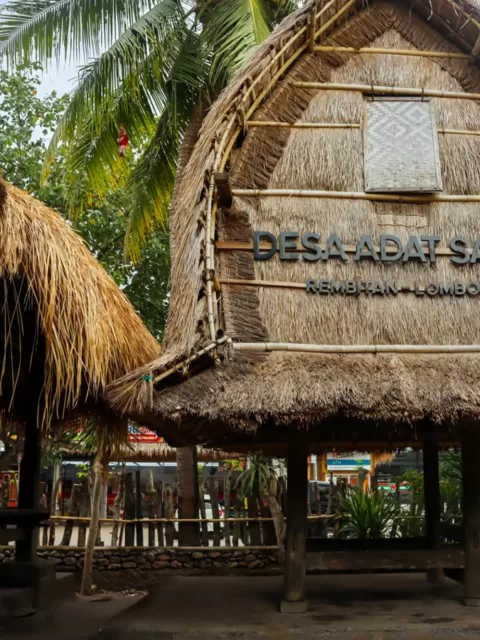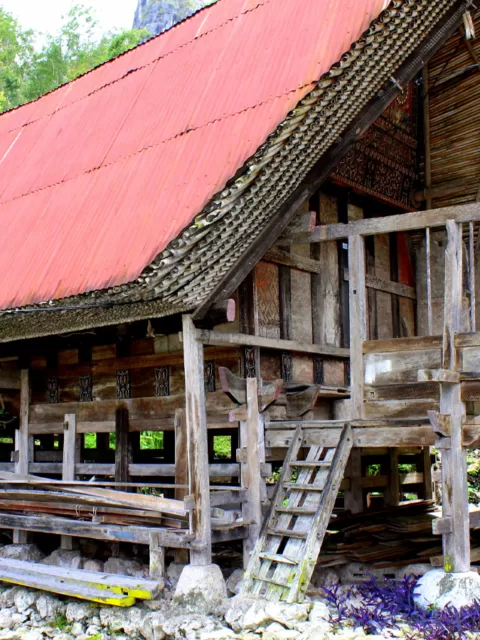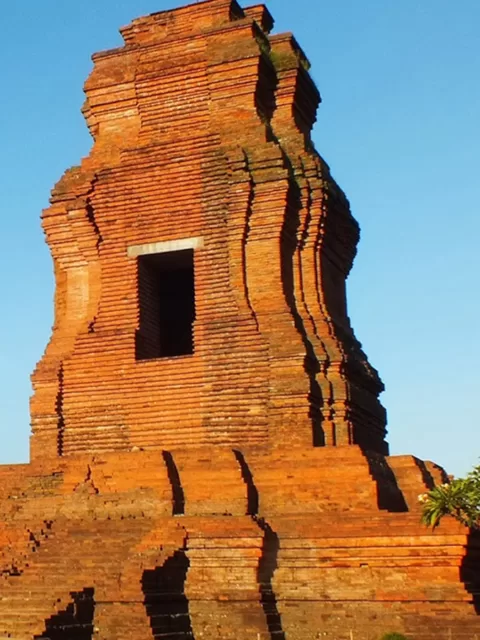Experience the Grandeur of Tjong A Fie Mansion in Medan
Introduction
What is Tjong A Fie Mansion?
Tjong A Fie Mansion is a historic mansion located in the heart of Medan, Indonesia. It was built in the late 19th century by Tjong A Fie, a Hakka Chinese businessman who was one of the wealthiest and most influential people in Medan at the time. The mansion is a unique blend of Chinese, Malay, and Art Deco architectural styles, and it is considered to be one of the most important cultural heritage sites in Medan.
Why is Tjong A Fie Mansion worth visiting?
Tjong A Fie Mansion is a must-visit attraction for anyone interested in history, architecture, or culture. The mansion is a beautifully preserved example of Peranakan architecture, and it offers a glimpse into the life and times of one of Medan’s most prominent citizens. Visitors to Tjong A Fie Mansion can learn about the history of Medan, the Peranakan culture, and the life of Tjong A Fie himself.

What can you expect from a visit to Tjong A Fie Mansion?
A visit to the Mansion is a truly immersive experience. Visitors can tour the mansion’s many rooms and exhibits, which showcase the opulent lifestyle of the Tjong A Fie family. The mansion also features a variety of unique experiences, such as traditional Chinese tea ceremonies and cultural performances.
History of Tjong A Fie Mansion
Who was Tjong A Fie?
Tjong A Fie was a Hakka Chinese businessman who was born in Guangdong, China, in 1860. He emigrated to Medan in 1877, and he quickly established himself as one of the most successful businessmen in the city. Tjong A Fie was involved in a variety of industries, including rubber, tobacco, and transportation. He was also a philanthropist, and he donated generously to a variety of causes in Medan, including education and healthcare.
How did the Mansion come to be built?
Tjong A Fie began construction on his mansion in 1895. The mansion was completed in 1900, and it was the largest and most opulent private residence in Medan at the time. Tjong A Fie Mansion was designed by a Dutch architect, and it features a unique blend of Chinese, Malay, and Art Deco architectural styles.

What is the significance of Tjong A Fie Mansion in Medan’s history?
Tjong A Fie Mansion is a significant historical landmark in Medan. The mansion is a symbol of the city’s wealth and prosperity during the colonial era. It is also a reminder of the important role that the Chinese community played in Medan’s development.
Architecture of Tjong A Fie Mansion
What architectural style is Tjong A Fie Mansion built in?
Tjong A Fie Mansion is built in a unique blend of Chinese, Malay, and Art Deco architectural styles. The mansion’s exterior is characterized by its red brick walls, green tile roof, and elaborate ornamentation. The mansion’s interior features a variety of Chinese architectural elements, such as carved wooden screens, painted ceiling panels, and intricate latticework.
What are some of the key features of Tjong A Fie Mansion’s architecture?
Some of the key features of the Mansion’s architecture include:
- The mansion’s red brick walls are a symbol of wealth and status in Chinese culture.
- The mansion’s green tile roof is also a symbol of wealth and status in Chinese culture.
- The mansion’s elaborate ornamentation includes a variety of Chinese motifs, such as dragons, phoenixes, and flowers.
- The mansion’s carved wooden screens are a traditional Chinese architectural element.
- The mansion’s painted ceiling panels depict scenes from Chinese mythology and history.
- The mansion’s intricate latticework is a traditional Malay architectural element.
How does Tjong A Fie Mansion’s architecture reflect Tjong A Fie’s wealth and status?
The architecture of Tjong A Fie Mansion reflects Tjong A Fie’s wealth and status in a number of ways. The mansion’s large size and elaborate ornamentation are a testament to Tjong A Fie’s wealth. The mansion’s blend of Chinese, Malay, and Art Deco architectural styles also reflects Tjong A Fie’s status as a successful businessman and a respected member of the Medan community.
Exploring Tjong A Fie Mansion
What are some of the must-see rooms and exhibits in the Mansion?
Some of the must-see rooms and exhibits in Tjong A Fie Mansion include:
- The Main Hall, The Main Hall is the largest and most ornate room in the mansion. It is decorated with carved wooden screens, painted ceiling panels, and intricate latticework. The Main Hall was used by Tjong A Fie to receive guests and hold important events.

- The Malay Room, The Malay Room features a variety of Malay artifacts, including traditional clothing, jewelry, and weapons. The Malay Room also has a traditional Malay kitchen, where visitors can learn about Malay cooking.

- The Chinese Room: The Chinese Room features a variety of Chinese artifacts, including traditional furniture, calligraphy, and ceramics. The Chinese Room also has a traditional Chinese tearoom, where visitors can learn about the Chinese tea ceremony.

- The Art Deco Room: The Art Deco Room is decorated in the Art Deco style, which was popular in the early 20th century. The Art Deco Room features a variety of Art Deco furniture, lamps, and other decorative items.
- Tjong A Fie’s Bedroom: Tjong A Fie’s Bedroom is decorated in a traditional Chinese style. The bedroom features a four-poster bed, a carved wooden dresser, and a traditional Chinese mirror.
- Tjong A Fie’s Study: Tjong A Fie’s Study is where he would conduct business and meet with his advisors. The study is decorated with a variety of Chinese and Malay artifacts, including paintings, calligraphy, and ceramics.
- The Garden: The Garden is a beautiful oasis in the heart of Medan. The garden features a variety of flowers, plants, and trees.

What can you learn about Tjong A Fie’s life and legacy at the Mansion?
Visitors to the Mansion can learn about Tjong A Fie’s life and legacy through a variety of exhibits and displays. The mansion has a museum that features exhibits on Tjong A Fie’s business career, his philanthropic work, and his role in the development of Medan. The mansion also has a library that contains a collection of books and manuscripts on Tjong A Fie and his era.
What are some of the unique experiences that the Mansion offers visitors?
The Mansion offers a variety of unique experiences for visitors. Visitors can participate in traditional Chinese tea ceremonies, cultural performances, and guided tours of the mansion. The mansion also has a gift shop that sells souvenirs and traditional Malay and Chinese handicrafts.
Tips for Visiting the Mansion
- The best time to visit the Mansion is during the morning or late afternoon when the weather is cooler.
- The mansion is open from Tuesday to Sunday, from 9 am to 5 pm.
- Admission to the mansion is 35,000 Indonesian rupiah per entry.
- Visitors are advised to wear comfortable shoes, as there is a lot of walking involved.
- Photography is allowed in most areas of the mansion, but visitors are asked to be respectful of the exhibits and displays.
Conclusion
Tjong A Fie Mansion is a must-see attraction for anyone visiting Medan. The mansion is a beautiful example of Peranakan architecture, and it offers a glimpse into the life and times of one of Medan’s most prominent citizens. Visitors to the Mansion can learn about the history of Medan, the Peranakan culture, and the life of Tjong A Fie himself.












